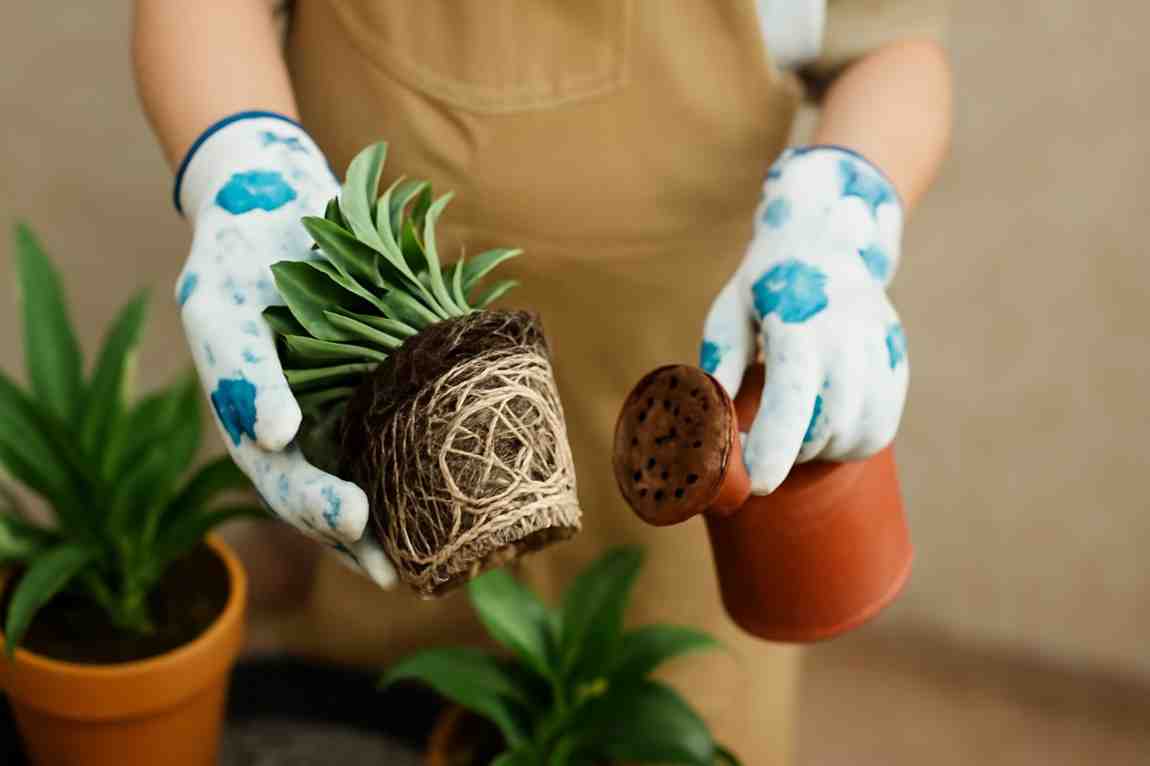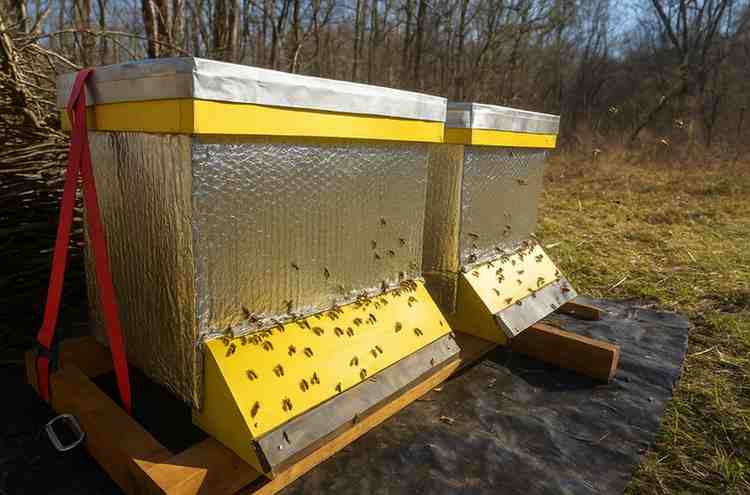Getting Started with Companion Planting
As a beginner gardener, I had often heard the term Companion Planting mentioned by fellow enthusiasts, but I didn’t fully understand its benefits. A few years ago, I tried it in my own garden and quickly saw how it could help flowers, fruits, and vegetables thrive. This simple technique turned out to be one of the most effective ways to boost productivity and harmony in the garden.
With all the zeal of a new convert, I put together this short guide to Companion Planting, sometimes called companion cropping or polyculture, so you can try it in your garden or even in an outdoor space. The key is understanding which plants thrive together, boosting growth and naturally protecting each other, turning ordinary beds into vibrant, productive areas full of flowers, fruits, and vegetables. By experimenting a little and observing your own garden, you’ll find that this approach can transform even a small patch into a flourishing, sustainable garden that’s easier and more rewarding than you might think.
Understanding Companion Planting
Farmers and horticulturists have practiced Companion Planting for centuries, dating back 8,000 years when Native Americans planted squash alongside other crops. The concept is simple: plant different groups of plants together to enhance their growth and development, allowing them to take advantage of natural abilities that help each other thrive. This method not only boosts productivity but also creates a more balanced and resilient garden environment.
From my personal experience, combining plants strategically transforms a small garden into a vibrant space where flowers, fruits, and vegetables flourish in harmony. Observing how different species interact—some providing shade, others enriching soil nutrients—has been a game-changer for creating productive beds. Even as a beginner, understanding the science behind Companion Planting makes it easier to take practical steps that enhance growth, maximize yield, and allow your garden to truly thrive.
Introduction to Companion Planting
As a gardener exploring this HUGE topic, I quickly realized there’s no way I could cover everything in a single blog post. So, I decided to create this article as a gentle introduction to the benefits of Companion Planting, showing how plants that shouldn’t be planted together can be managed carefully. Over the years, I’ve experimented with interspersed, tried, and tested techniques that make planting more efficient and even enjoyable, helping a beginner like me understand what works best.
From my experience, simple techniques like spacing, rotation, and grouping compatible plants have made a noticeable difference. Tried and tested methods allow plants to grow stronger and healthier, while avoiding combinations that compete for nutrients or sunlight. Even in a small garden, applying Companion Planting principles can boost yields and create a thriving, vibrant space that’s easy to maintain. These steps make the benefits of this approach tangible and useful, turning an overwhelming topic into a practical guide that anyone can follow.
Key Benefits of Companion Planting
There are seven important reasons to consider Companion Planting in your garden. By following a few tips, you can combine plants successfully, ensuring that each species supports the other’s growth. This is especially effective in a vegetable garden, where the right pairings can naturally repel pests, improve soil nutrients, and increase yields without extra effort. Keeping a list of companion plants to include—or avoid—makes planning much easier and reduces mistakes for both beginners and seasoned gardeners alike.
From my experience, combining plants strategically has made my own garden more productive and vibrant. By choosing plants that complement each other, you create a healthier ecosystem where each plant thrives successfully. Even if you are new to Companion Planting, understanding these seven reasons and applying simple tips will help your vegetable garden flourish while making the process enjoyable and practical.
Using Natural Pest Control
A smart guide to Companion Planting always starts with pest control. Certain plants can attract beneficial insects and wildlife that feed on pests, helping control or even eradicate them. This method reduces the need to use pesticides, saving money while providing organically healthy food. Techniques like trap cropping, where French Marigolds deter whitefly, or planting tomatoes with protective companions in a greenhouse, create natural shields. A simple cover picture of your layout can help gardeners plan which plants to position together for maximum protection.
In practice, Companion Planting techniques like combining beans or brassicas with nasturtiums as sacrificial crops help keep aphids, cabbage white butterflies, and their caterpillar progeny from devastating your plants and vegetables. Ladybirds are naturally drawn to lavender, so I often underplant my roses with this aromatic herb to gobble up green aphids by hand. Similarly, garlic, spring onions, and carrots can be paired so the smell of one masks the other, deterring carrot fly, while mint has a similar effect. Using these plants strategically allows even a small garden to thrive while staying fully organic.
Boosting Pollination Naturally
Certain flowers are excellent attractors for bees and other pollinators, making them essential when practicing Companion Planting near vegetables. By doing this, you encourage natural pollination, resulting in a higher crop yield. From my experience, adding brightly colored blooms like calendulas alongside courgettes each year has transformed my small garden, helping the plants thrive while supporting the local bee population.
I’ve found that planting with pollination in mind not only improves vegetables but also creates a more vibrant and lively garden ecosystem. Watching bees and other pollinators work among the flowers is both rewarding and educational. This approach makes your crop healthier and more abundant, turning a simple Companion Planting strategy into a practical method that supports biodiversity and long-term garden success.
Creating Shade for Healthy Growth
Tall plants can provide shade for short, cool-season plants, creating a natural microclimate that helps them thrive. This year, I’ve been trialling planting Courgettes between rows of Sweetcorn. As the Sweetcorn grow, they shade the Courgette fruits, protecting them from harsh sunlight and ensuring better development. Leaving some space allows for sowing Lettuces, which appreciate the shade to prevent bolting too early in the season.
From personal experience, arranging plants strategically for shade has significantly improved my garden yield. The combination of tall and short crops not only encourages Courgettes and Lettuces to thrive but also helps regulate soil temperature and moisture. This simple yet effective method ensures that every plant benefits from its environment, turning even a small garden into a productive, harmonious space.
Using Support Crops Effectively
Tall plants can provide shade for short, cool-season plants, creating a natural microclimate that helps them thrive. This year, I’ve been trialing Companion Planting by planting courgettes between rows of sweetcorn. As the sweetcorn grows, it shades the courgette fruits, protecting them from harsh sunlight and ensuring better development. Leaving some space allows for sowing lettuces, which appreciate the shade to prevent bolting too early in the season.
This year, I plan to try Companion Planting with French beans and cucamelon vines, as the tall crops will continue to act as a supportive backbone while allowing the climbing plants to grow freely. Using support crops not only helps manage space efficiently but also maximizes yield and keeps plants healthy. Over time, I’ve found that this technique strengthens plants while making your garden more organized and productive.
Enriching the Soil Naturally
Certain crops add essential minerals to the soil, helping to increase the possibility of higher yields for every plant. I always leave the roots of sweet peas and beans in the ground at the end of the season to fix nitrogen in the soil for future crops. In Companion Planting, plants with deep taproot systems, like beans and sweet peas, work well with shallow-rooted lettuces, as the shallow-rooted plants cover the ground, slowing erosion, while the deep-rooted plants penetrate and enhance aeration, benefiting their companions.
A classic example is the Three Sisters technique, where corn, beans, and squash form a mutually beneficial Companion Planting ecosystem. As the corn grows, it provides support for beans, which act as nurse crops, fixing nitrogen into the soil to support the corn. Meanwhile, squash offers moisture retention and ground cover, creating a balanced system that enhances the health and productivity of all crops. This method turns even small plots into fertile, thriving gardens.
Maximizing Space in Your Garden
A smart guide to Companion Planting is all about using space in the most brilliant way possible. Even in a small garden or with limited raised beds, a thoughtful mix of flowers and vegetables allows plants to thrive together. Traditionally grown in potager gardens, this method not only maximizes yield but also creates an attractive and lively garden environment.
From experience, using Companion Planting by combining flowers with vegetables has transformed my own gardens, making every inch count. By carefully planning which plants go where, even a compact garden can feel abundant and colorful. Raised beds become more productive, and the mix of species keeps the garden visually appealing while efficiently using all available space.
Inspiring Companion Planting Combinations
When it comes to Companion Planting, knowing which plants grow well together can make all the difference. Over the years, I’ve tried and tested many techniques and combinations, and some of the most useful examples include pairing tomatoes with marigold or basil to enhance growth and deter pests. Sweet peas with beans, and carrots with onions also naturally support each other, helping them thrive while maximizing space in your vegetable and flower beds.
I also love adding aromatic or fragrant herbs like borage near strawberries, which acts as a pollinator magnet, attracting bees and butterflies to improve fruit set. Courgettes alongside calendulas, sweetcorn with lettuces, and cucamelon with corn or squash are other good examples of Companion Planting, showing how thoughtful pairings help plants flourish. These combinations not only grow well but also make your garden lively, productive, and visually stunning.
Beginner’s Guide to Companion Planting
Sometimes, even with the best intentions, plants just don’t get along. Certain combinations in Companion Planting shouldn’t be planted together, as they can compete for nutrients, space, or sunlight, and even affect each other’s growth negatively. Understanding which pairings to try and which to avoid can save you a lot of frustration in your garden. For example, some plants naturally inhibit the growth of others, so paying attention to these examples of bad planting can help maintain a healthy, thriving plot.
From my experience, it’s important to always plan your layout carefully. Observing past examples, such as plants that don’t mix well due to differing water or light needs, can guide you. Avoid bad combinations by keeping sensitive plants separate and using this guide to try only proven Companion Planting setups. It may take a bit of trial and error, but once you know which plants clash, your garden will thrive with less stress and more productivity.
Tips for Thriving Companion Planting
Whether you’re a beginner or a seasoned gardener, there are many reasons why Companion Planting is an easy way to succeed in your garden. From repelling pests and attracting beneficial insects to improving soil fertility, boosting crop yields, and maximizing space, this holistic approach ensures your plants grow successfully. Successful companion planting requires careful planning, keen observation, and a bit of experimentation. Every garden is unique, and what works in one may not work in another. You need to consider the specific requirements and preferences of your chosen plants, their growth habits, and nutrient and water needs. It can take some time to find the perfect combination that gives the best results.
That said, Nature is an ever-patient, forgiving teacher. Creating a sustainable, diverse ecosystem supports the well-being of your plants, beneficial insects, and yourself. The key tip is to dive in, get started, and enjoy the journey. Whether you’ve tried Companion Planting, heard of it, or followed a quick beginner guide, this approach is designed to encourage you to give it a try and see how it transforms your garden.












Leave a Reply